There’ll be Food on the Table Tonight
We abandoned all pretense of traditional American fare for Thanksgiving this year and instead went full Mexican — tamale pie, chayote squash, ensalda pepino and plenty of salsas. This was partly because none of us like roast turkey anyway and partly because we wanted to eat what was around us. To me if you aren’t eating what’s around you, if you’re always hunting out the familiar foods from back home, you’re missing out on one of the best things about travel.
There are, to my mind three great things in the physical world: phylos1, sex and food. There are many other great things, but most of them are subcategories of these three. The first two you’ll have to figure out for yourself, but food… food is life. Food powers economies, shapes ecology, dictates religious rituals, causes wars, drives the explorations of the unknown, determines the size and shape of our bodies, and, to an extent we are only beginning to realize, shapes how we act, how we think, and even how we see the world.
Food has always been a big part of our travels, even if I don’t often write about it much. Sometimes we refer to places we’ve been by which foods were really good there. Colorado and its Palisade peaches. The UP and its cherries. Louisiana and its boudin. Florida and its gulf shrimp.
In Mexico it’s the guavas and green apples and strawberries. But even more than any specific foods, in Mexico food permeates nearly every aspect of life. Food is everywhere all the time. Sometimes for just dinner, sometimes for ceremony, sometimes for sale. I doubt you could walk more than 20 feet down any street without passing some sort of food. There are so many things to try that we’ve been here months and I haven’t even scratched the surface of what’s available.
Partly that’s because I tend toward a slow, systematic exploration of food. While I love eating prepared food, especially street food, what I really love is the markets. I didn’t plan it, but it just some happened that our first place was a block from one of the bigger markets in town. It’s not necessarily the nicest, nor does it have the best stuff, but Mercado de San Juan de Dios is still my favorite.
I like to go and search out things I don’t recognize, and then buy them. But then rather than rush in I get one new thing every time I go. I always start with fruit because there’s really no such thing as a bad fruit. Once I’ve tried all the fruit on offer I move into vegetables and after that different cuts of meat. Lately I’ve been exploring Mexican cheeses, working my way through a variety of queso oaxaca, quesa fresca, and some other round one I haven’t even learned the name of yet. I’m also on the hunt for a good cotija cheese.
But it’s not just exploring the variety of foods, I also like to try things from each vendor to see who has what I like the best, at the best price. I get perhaps a little obsessed. I’ve had dreams about buying fruit. I recognize that this is a little odd to most people.
But sampling and talking to people is what makes it fun. To me that’s the point of exploring food in another culture, to get to understand the people growing it, selling it and making it. It’s a way into a culture, for me particularly I guess. I’m not always that outgoing so sometimes I can make connections with people through food much easier than talking. And to me there is no better way to start to understand the daily lives of the people around you than to go to the local market and see what’s there, the food, the people, how it all fits together.
When I first got here I went to the center of the market, bought a couple tacos and a coke and sat and watched. I watched what people bought, how they examined it, what they picked, what they rejected, what they asked the vendor to get, what they insisted on getting themselves. I watched how they handled it, what was delicate, what was not, who was careful with what they were picking out, who was not (the latter were probably buying it for someone else).
I came back the next day and spent another half hour watching. Then another. Then I walked around the every stall, looking things over, figuring out who had the best of what, how things changed from day to day, what time the new stuff arrived, how it was rotated, who cared if you grabbed the fresh stuff in the bins under the display and who didn’t, who pulled their their borderline fruits and veggies, who didn’t, which butcher got whole animals and cut them down, which got the halves and quarters already cut. All these details tell you stories about the people behind them, and if you want the best possible local ingredients you have to go out and learn these stories.
Sometimes of course you do things even though you know better. I buy most of my fruit from a woman who is slow to rotate things and I have to carefully look over every piece I buy, but I like her, she teaches me the Spanish words of veggies I don’t know and I sometimes help her translate words in her daughter’s English homework. People are more important than ingredients.
When I finally had a few ideas about what was going on in the market, I dove in. I started to buy all the things I didn’t recognize, didn’t understand, and didn’t normally eat. I figured out how to eat cactus — it’s delicious, though tricky, like a strange combination of asparagus and okra — then I went for chayote, except that while I was studying it there on the counter at home, trying to decide what to do with it, Corrinne dove in and fried it up with potatoes, onions, garlic and mint. The kids, who had never seen a guava until about two months ago now plow through about 10 a day. At first we scooped the seeds out, but then we noticed the locals never do that so now we just eat them whole, seeds and all. They’re also big fans of the elote, boiled corn on the cob you can get on just about every corner.
I head over to market generally every day, partly to get out of the house, but partly because there’s still so much there I don’t understand yet, so many foods in so many stalls, it’ll take me months to get through them all, and that’s only one market in one town. It would take years just to even scratch the surface of one place. Because after I figure out what I like and where to get it I like to figure out where it’s coming from, who’s growing it? What do they do? Why? How? You pull at one tiny thread and you can follow it forever. Like I said, I recognize that this is a little odd, even obsessive.
Luckily my family is usually game to go with me and try new foods. The other day I came back from the big market outside of town with a cup full of dried, salted, chili-covered sardines and even my kids all had one. Only one of them actually like it, and in this case, I think she liked them more than even I did, but it makes me happy that they’re all willing to at least try new things. That’s long been my motto: try anything twice.
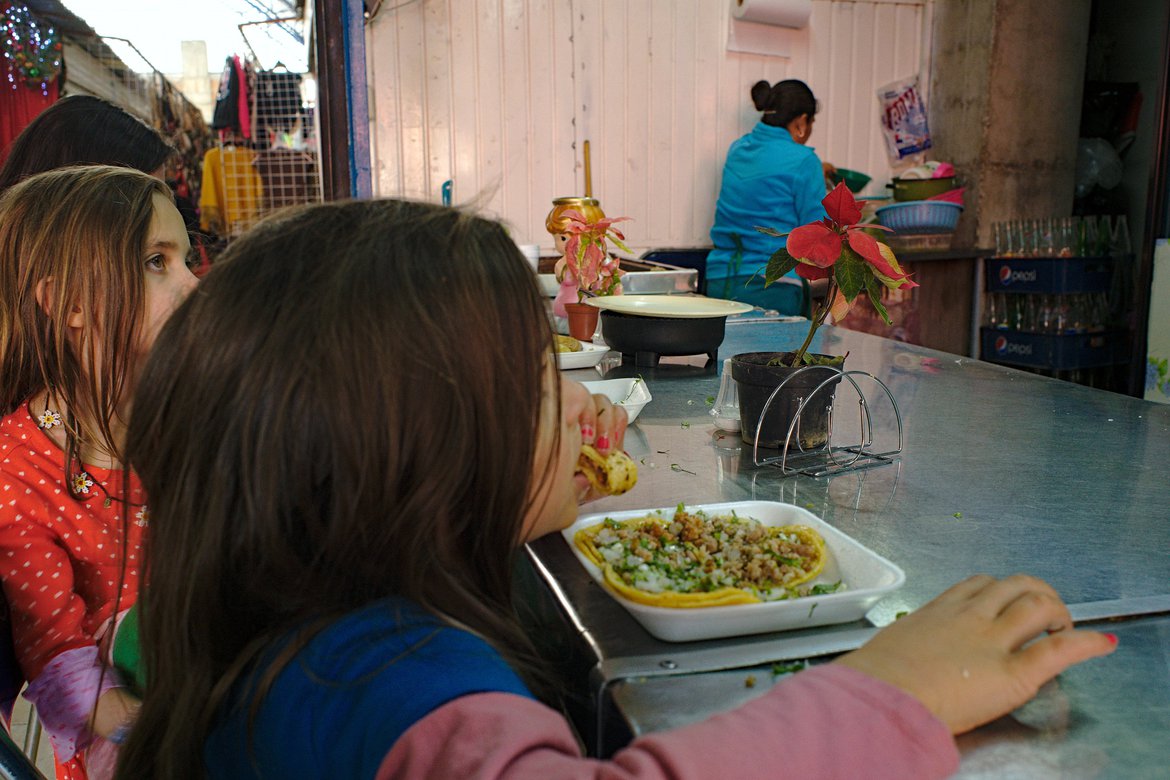
A lot of people seem to obsess over food in other ways. Like health. I seems like nearly everyday there’s some new food discovery that either kills you or cures you of everything. Then there’s the whole fear of foreign food. You see this when chefs talk about “elevating” street food (so they can overcharge you for it). You also see it in people’s fear of getting sick from food they’re not totally comfortable with. I’ve overheard tourists around here telling each other not to the street food, but yet they go to the restaurant up the hill and sit down to a dinner made from the same ingredients, from the same markets, coming from a kitchen they can’t see. That’s far more likely to get you sick than the stalls in the market where you can see for yourself every step of the process.
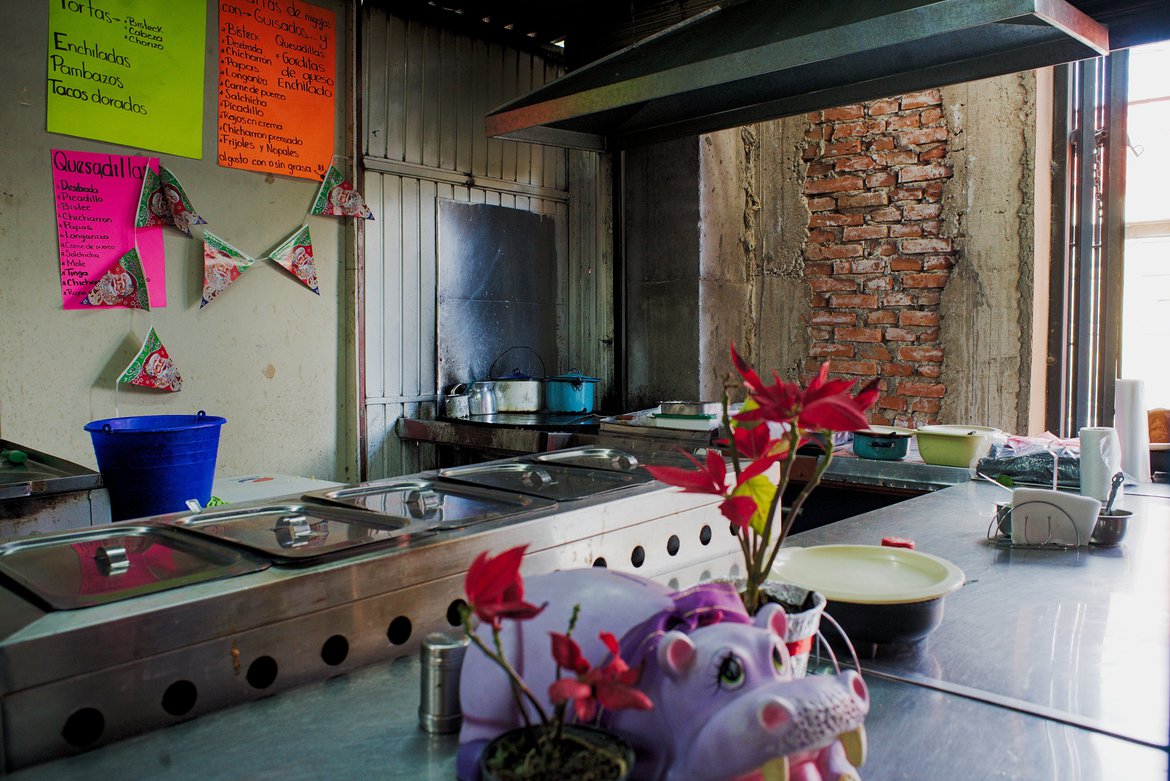
Sometimes it blows my mind how little people understand food and, more importantly, food preparation. I do have an advantage I suppose, having worked in the restaurant industry for about six years, but most of what helps me comes from learning the basics of microbiology. All the restaurant experience did was provide practical examples of microbiology in action. If you food is bad, you’ll smell it. Trust me.
Contrary to what you’ve probably seen on TV, most of running a restaurant does not involve cooking. There is some of that, but mostly you stand around and wait. Technically you’re chopping stuff, but after a few years you can do that without thinking about it. So really you’re just standing around. Then for about three hours you’re so busy and focused it feels like only ten minutes went by. But mostly you wait. You smoke a lot and stand around a lot. And for me, standing around smoking, I needed something to read. There’s not a lot to read in restaurant, so I read all the bizarre food industry trade magazines that would arrive every day in the mail.
One of the things that you learn from reading these bizarre magazines — which would have cover stories on strange things like how to entice millennials with foods that remind them of their favorite sitcoms — is that real food poisoning, the outbreaks that the CDC tracks, not the ones where you mistakenly attribute some diarrhea to whatever bizarre food you ate most recently, the real outbreaks, almost always come from vegetables, particularly vegetables that grow on the ground and have to be harvested by hand. Because the people harvesting the food don’t get paid enough to take bathroom breaks, so, well, you do the math. From my anecdotal observations, if you really want genuine food poisoning, a bout of salmonella say, eat asparagus, preferably raw.
Which is why I find it hilarious that so many people here are deathly afraid of street food, but in the next breath tell me how they don’t need to wash their veggies because they get them at the organic market. WAT?! And no, I never say anything. It’s not my place to shatter anyone’s carefully constructed delusions. Though I did write this. So now you know. Wash your veggies, eat where you can see the kitchen. You’ll mostly likely be fine.
That said, I eat unwashed strawberries all the time and regularly get gorditas from a place where they use dirty rags from god knows where to sop up the grease just before handing it to you. But I have a stomach of steel. I’m not sure which came first though, my stomach of steel or my willingness to eat anything at least twice.
But more importantly than a strong stomach, I eat at that place because I see the people around me doing it too. They’re still here so it must be fine. That’s the part of food that a lot of people seem to forget — ingredients are nothing, people are what matter. I could spend the next ten years practicing making tamales, but I’ll never be as good at it as the abuelas sitting on every street corner here (don’t buy their tamales though, they aren’t selling the good ones).
When Thanksgiving rolled around we wanted the foods we were excited about and that happened to be tamales, chayote and tomatillos, so that’s what we made, and man was it good. So good it makes you thankful that you have the opportunity to explore food rather than be ruled by it, by the need for it, as so many are here and everywhere. Thankful that another country would even let you come to it, let alone have free run of the place to meet its people enjoy its foods.
-
Greek, “to love”. ↩
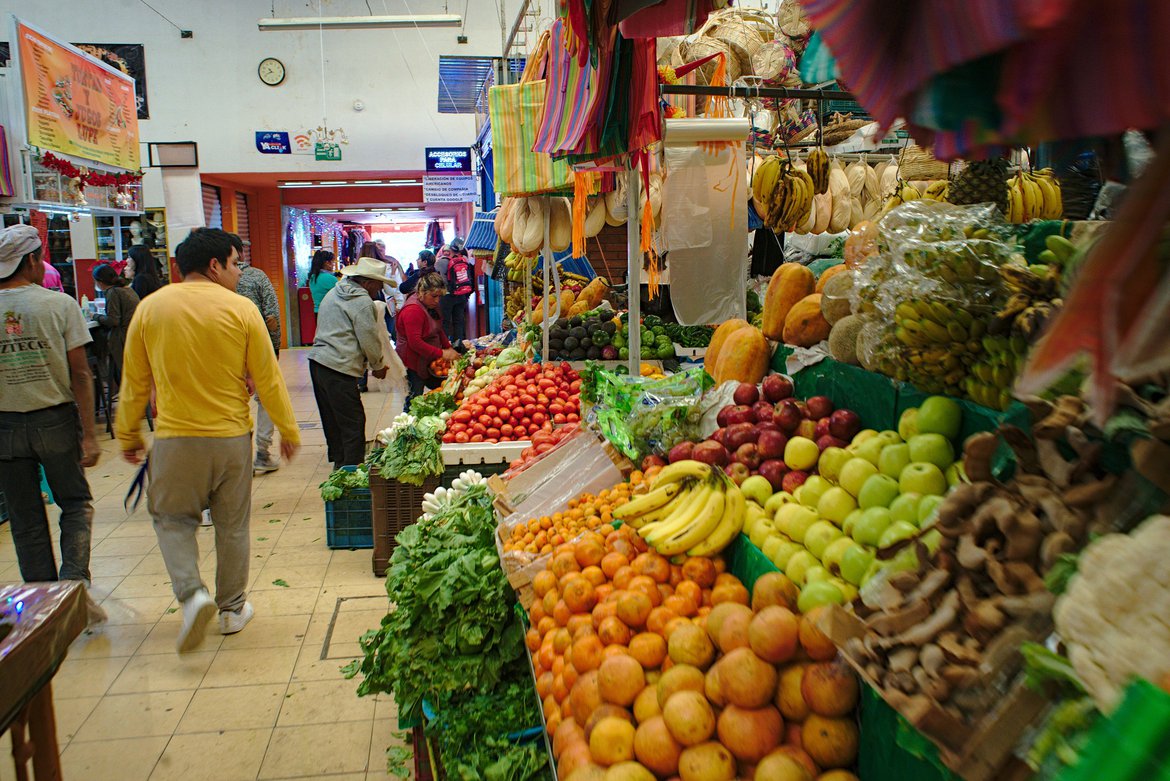
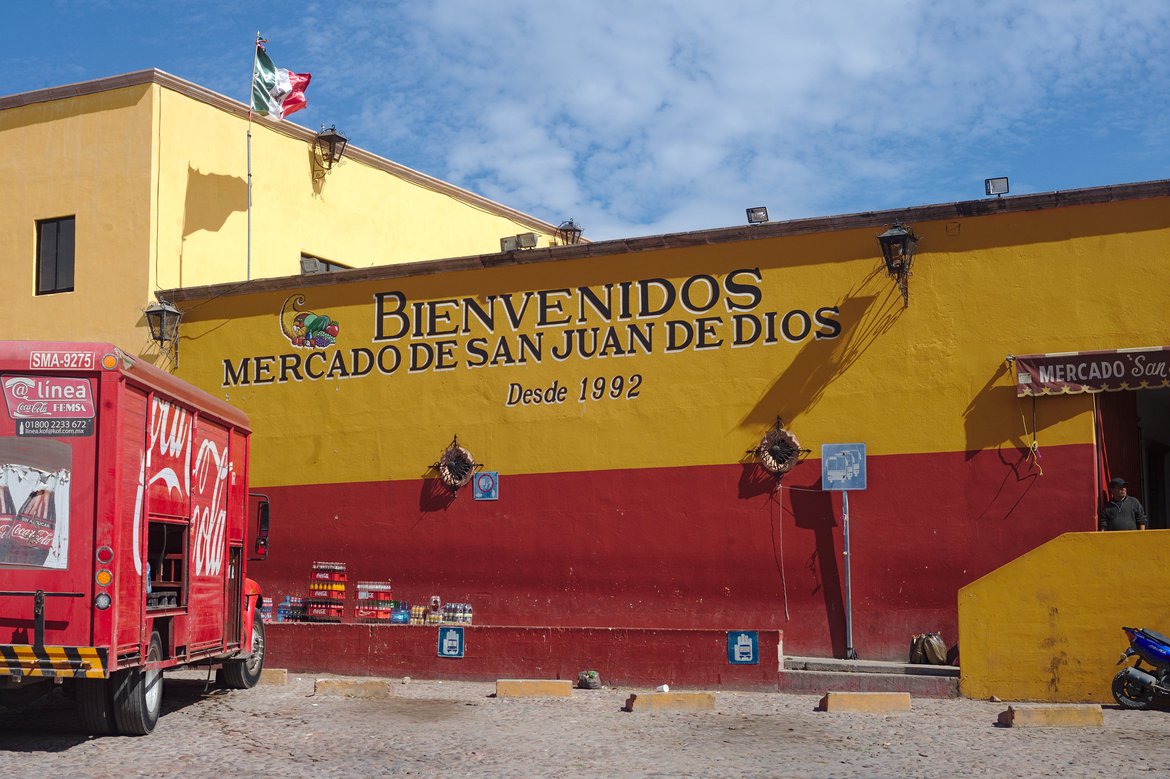
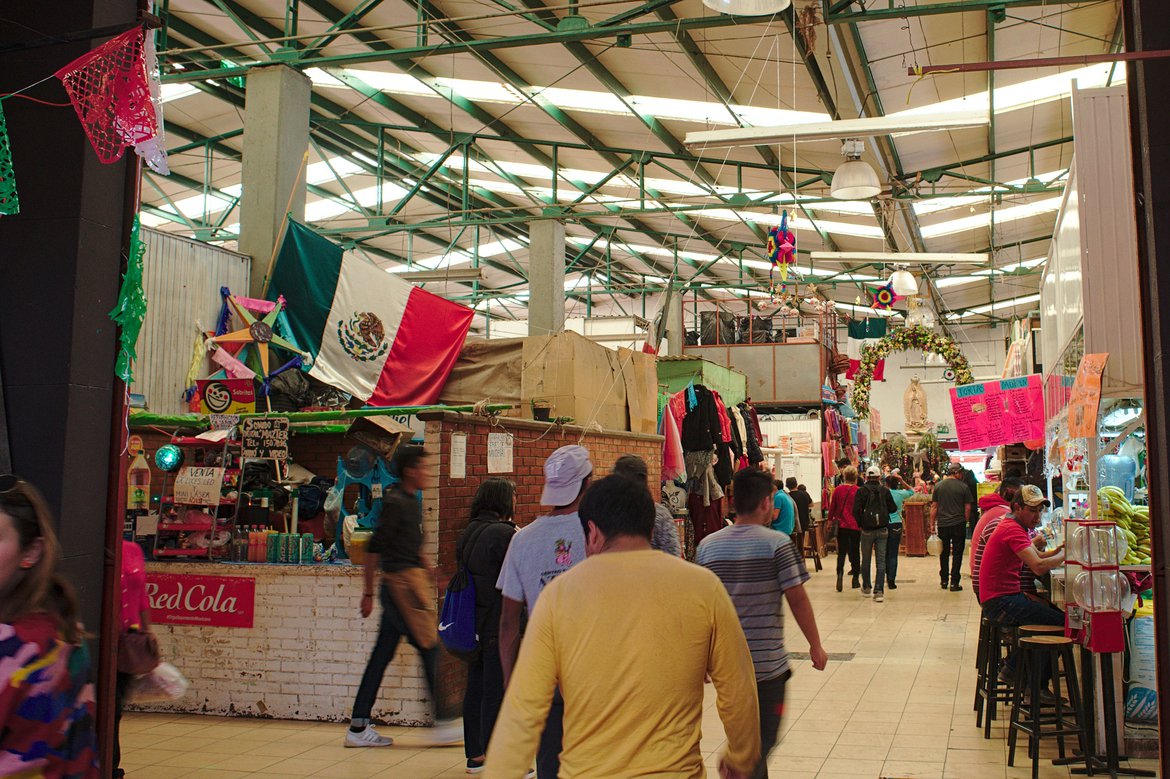
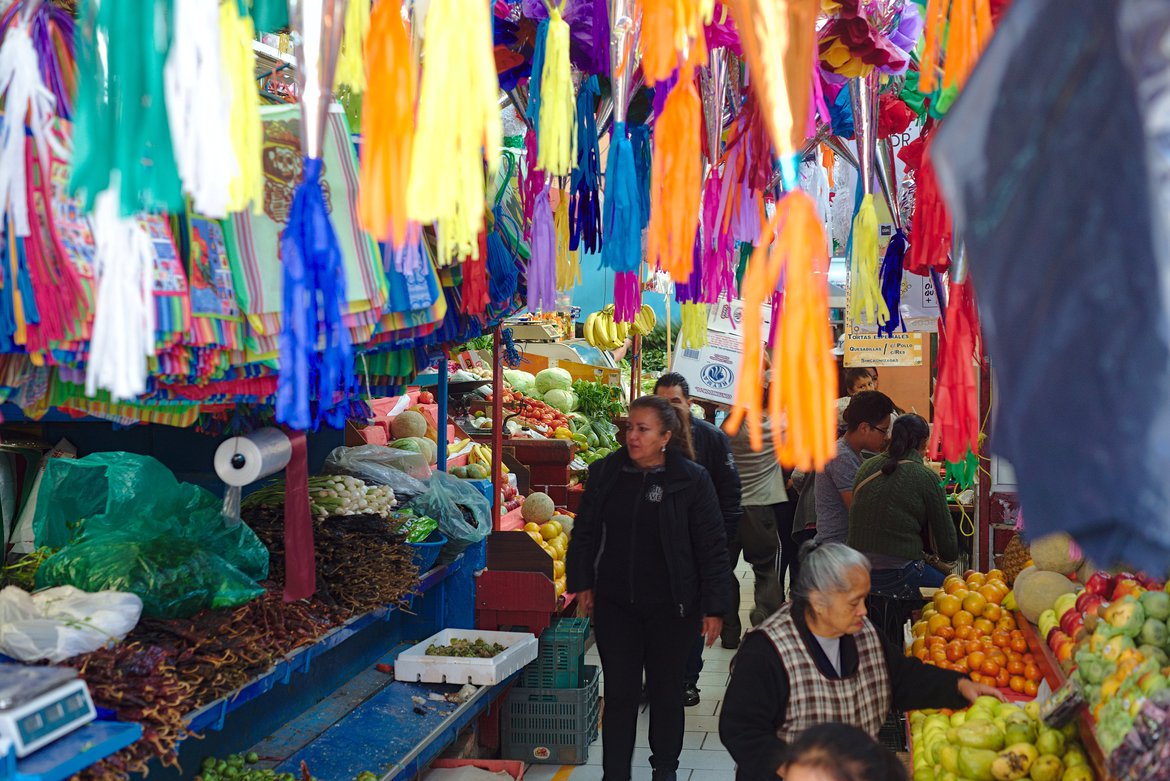
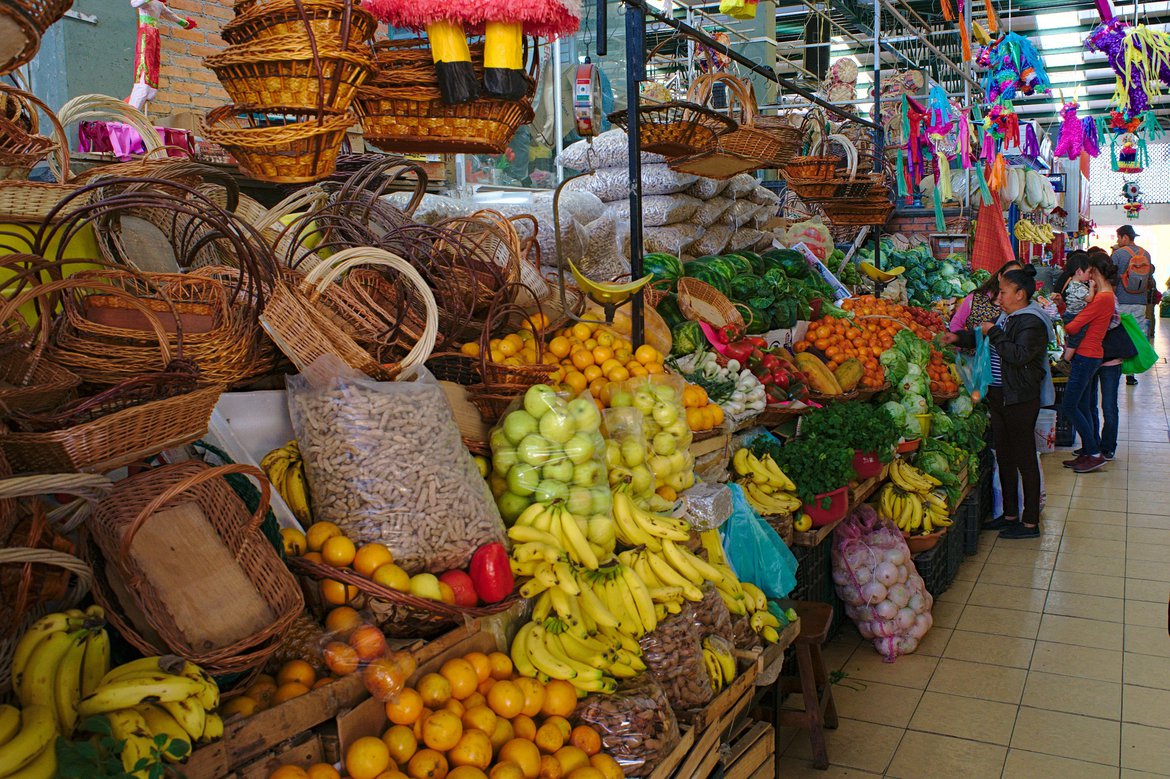
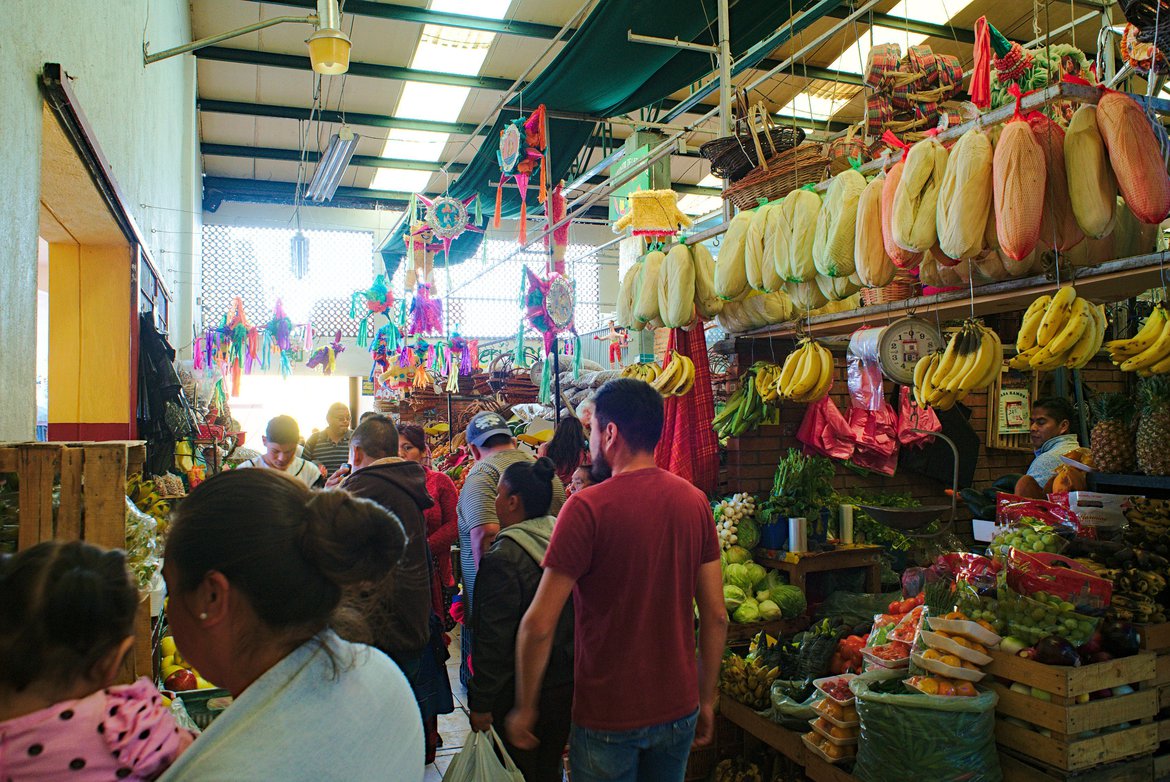
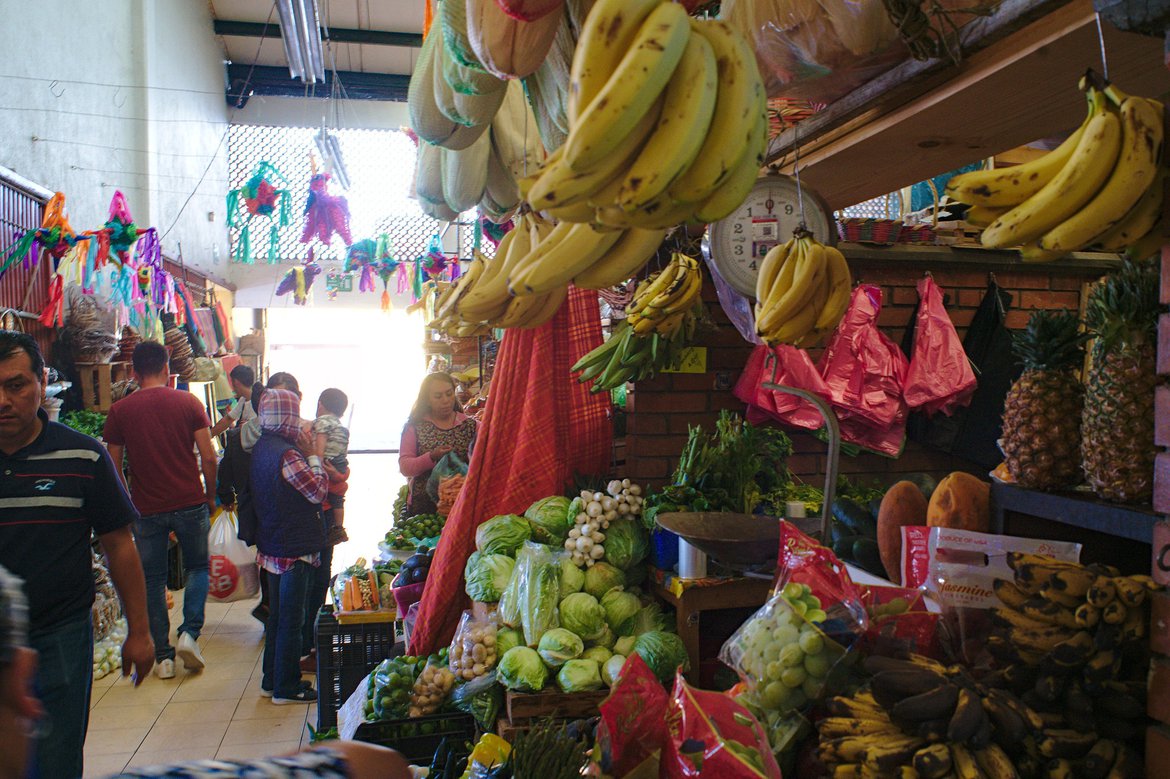
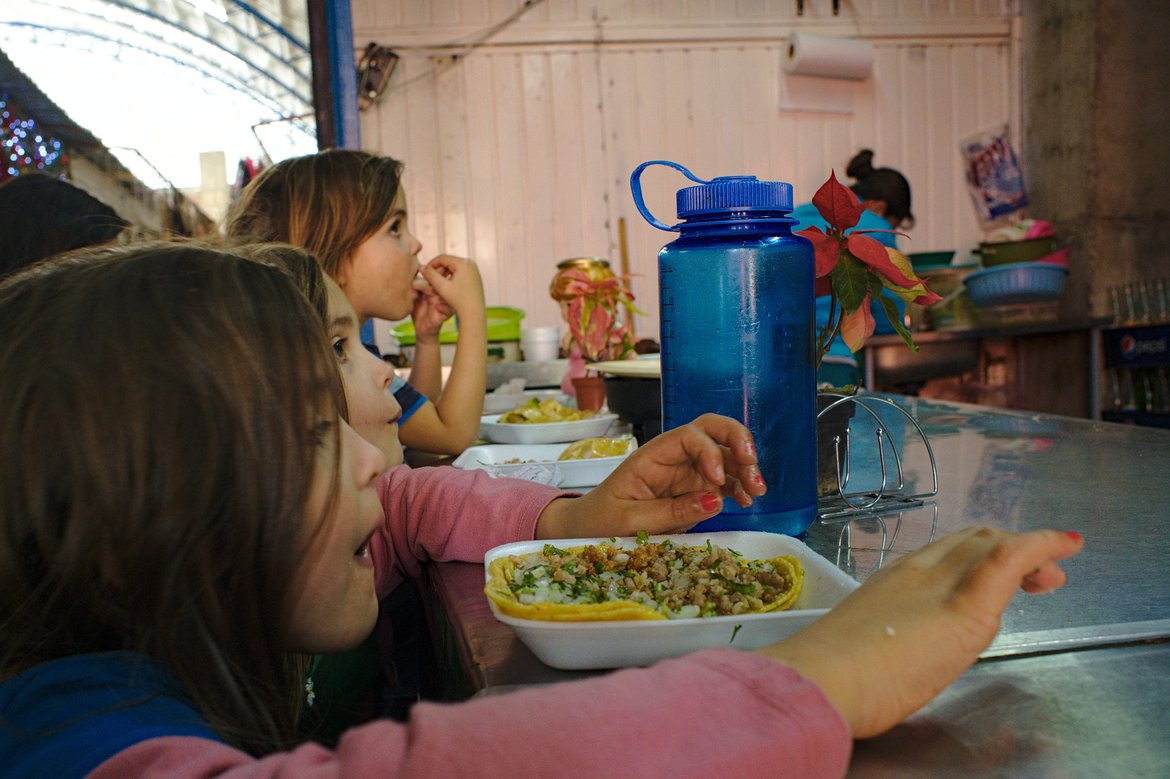
Midnight Oil?
Also, did you ask people if you could take those photos :)
Jonathan-
Yes, not one of my favorite songs of theirs, but it happened to come on Pandora while I was writing it, and it fit.
As for the photos, no I did not. But I didn’t shove my camera in anyone’s face. I wasn’t talking about street photography in that piece.
While cultural norms regarding public spaces vary, I haven’t seen anyone here balk at being in the background in anyone’s photos so I don’t think anyone cares.
All good thoughts on the “street meat”, but what about the water? When in India they didnt warn us too much about the food, but the water on the other hand could and would clean you out.
So, if you are washing your veggies in waste water, whats the point, and you may be doing more harm than good in some cases.
Are you sticking to bottled and filtered, or are you all drinking whatever, whenever?
Drew-
So, water. Definitely more complex than meat. Short answer, we use bottled water. The longer answer ended up too long for a comment, so I put up a new article on drinking water in Mexico
You just happened to sit next to a PhD student studying water management heading to San Miguel….. I guess now you know why you got on the flight you got on. Maybe by making that contact it will save you or your family some tummy aches down the road. Good stuff.
So weird how everything seems connected at times. I always think of the article you wrote on the Aspen grove. there is an Aspen grove feel to this world.
Drew-
True enough. Another thing I learned, 44 is approaching the age where you can stop worrying about metals in your body. By 50-55, you’re unlikely to ingest enough heavy metal to have any effect before you die anyway (statistically speaking anyway). Unless you’re somewhere things are off the charts, like Detroit. Or on a Navajo reservation. For the kids though, metals/chemicals in the water definitely matters.
As for the Aspen grove, I also think about about that all time. That idea is actually one of the cornerstones of the book I’m working on. I definitely think everything is connected. And even if it’s often very difficult or even impossible to see the connections, the process of looking for them makes life a lot more fun and exciting. To me anyway.
[For anyone else reading this, that does not mean everything happens for a reason, the world is far more complex than empty platitudes will ever allow for.]